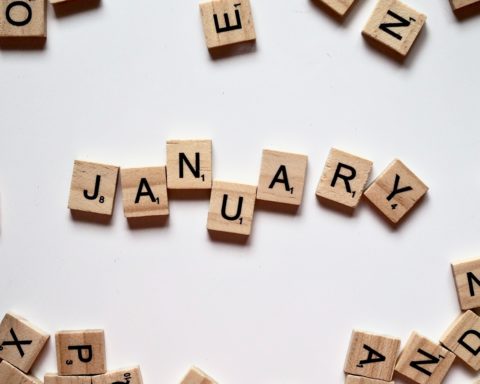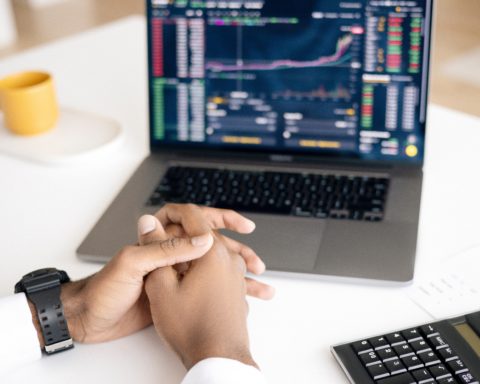Ah, the mighty emergency fund. Everyone needs it, but no one likes building it. It takes time, requires patience, and will test your self-control. But trust me — it’s all worth it in the end.
If you’ve decided it’s time to build your nest egg, this is the post for you. We’ll start with the basics and tell you exactly what an emergency fund is, how to build one, how big it should be, and much more.
What is an emergency fund, anyway?

An emergency fund is an amount of money set aside for unexpected expenses. Life is unpredictable, and you never know what may happen. You could lose your job, deal with car or home repair costs, or get hit by medical expenses. An emergency fund makes sure you won’t have to go into debt by maxing out your credit card, asking friends for money, or taking out a bank loan when things like these happen.
Read next: What are ETFs and where to buy them?
An emergency fund will also make sure you won’t be stressed all the time. It’s not easy to get a good night’s sleep when you’re constantly worried about how to handle things when life throws you a curveball.
Unfortunately, that’s the reality for a lot of Americans. According to a survey conducted by Bankrate back in January, less than half of the 1,004 US adults surveyed could afford to pay an unexpected $1,000 expense. That’s a scary thought, especially when considering that a $1,000 isn’t all that much these days. A trip to the mechanic can easily take that amount of money out of your pocket, for example.
How much should an emergency fund be?

I hate to give this answer, but it depends. The size of your emergency fund depends on various factors, including your monthly expenses, lifestyle, and even how fast can you get a new job if you lose your current one.
However, most financial experts agree that you should have a safety net of three to six months’ worth of your monthly expenses. Some suggest even more than that.
Also read: The most expensive stocks in the US
More is always better in our opinion, although there is a limit. You don’t need three years’ worth of monthly expenses for your emergency fund, for example. That excess money would be better off invested in the financial markets. But going up to 10 or 12 months for those who want to play it safe and may have a hard time finding a new job fast for various reasons is not a bad idea.
Where to keep an emergency fund?

Financial advisors will usually tell you that keeping a large amount of money in cash or in your bank account is a bad idea. The reasoning is that it’s smarter to put that money to work by investing it. While that is generally true, it doesn’t apply to your emergency fund.
You should keep your emergency fund where it’s safe and where you can access it quickly. The best place is in a high-yield savings account that allows you to withdraw the money at will without getting hit by a fee. All banks offer these accounts, but they differ in the yield they offer. Do some research and find the one that best suits your needs.
Investing the money that’s in your emergency fund is a bad idea.
Never invest the money you have in your emergency fund in the stock, crypto, or other markets. Investing is a long-term game. We’re talking years, even decades — certainly not days or weeks. In the short term, the market may tank, and you could be forced to sell your investments at a loss to get the money you need to pay for an unexpected expense.
Also, while stocks are generally pretty liquid, you still may end up waiting a few days before you get the money from your broker. So, again, just stick to a high-yield savings account.
How to build an emergency fund

This is where it gets complicated for a lot of people. Building an emergency fund takes time, so you need patience. You need to make sure you live below your means, save as much as possible every month, and then put that money into your savings account.
The more you can save, the faster you can build your emergency fund, and the better you’ll sleep. You should be saving money every month anyway — if you can afford it — but instead of investing it or spending it on something you don’t need, you should use it to build your emergency fund.
Once you reach that goal, you can start investing your monthly savings or splurging them on something nice every now and then. You’re allowed to live a little.
Read next: The best ETF books to spend your money on
To get started, the first step is to set a target for your emergency fund. For example, if you want to have six months’ worth of expenses and you usually spend $3,000 per month, you’ll need $18,000.
The next step is to look at your budget and figure out how much you can save every month. For this example, let’s say you can save around $1,000 per month. The math is easy in this case. It will take you exactly 18 months to build your emergency fund. It takes time, but it’s well worth it in the end.
I did it! Now what?

Nothing, really. Once you have your emergency fund set up, let it sit in your account and don’t touch it unless there’s an emergency. This means that you should only use it for expenses you have no choice but to pay, like medical bills, for example.
An emergency expense is not a trip to Paris that will give you the boost you need to be more productive at work. It’s not the latest iPhone you think you need to stay in touch with clients. Be honest with yourself and really use it for what it’s meant for.
And when you take money out of your emergency fund, start saving up again and put it back in as soon as possible. So the money you save up every month should go into your emergency fund and not in stocks, crypto, or that new pair of shoes you so desperately need.
Other FAQs

It depends on your monthly expenses. Instead of just aiming for a random number, decide how many months’ worth of expenses you want to have saved up and then multiply that number by the amount you spend per month.
To stay on top of your finances, you should use a budgeting program/app. There are lots of them available, some free, while others require a subscription. All of them will allow you to keep an eye on your expenses, savings, as well as your emergency fund.
Those with a low income need an emergency fund even more than those who are well off. However, building it is a lot harder. You have to save as much as possible — every dollar counts — and put it aside for a rainy day.
This is easier said than done, as someone who barely makes ends meet has a hard time saving anything. In this case, try to focus on increasing your income. There’s a limit to how much you can save, but on paper, there’s no limit to how much you can earn.
Crunching the numbers for your emergency fund shouldn’t be too difficult, but if you want to avoid all the mental gymnastics it requires, you can use a calculator like this one.
Yes, because an emergency fund isn’t just for when you lose your job. You could get hit with a bunch of other expenses you didn’t anticipate, like a veterinarian bill, home repair costs, and others.
Read next: What is the January Effect, anyway?





